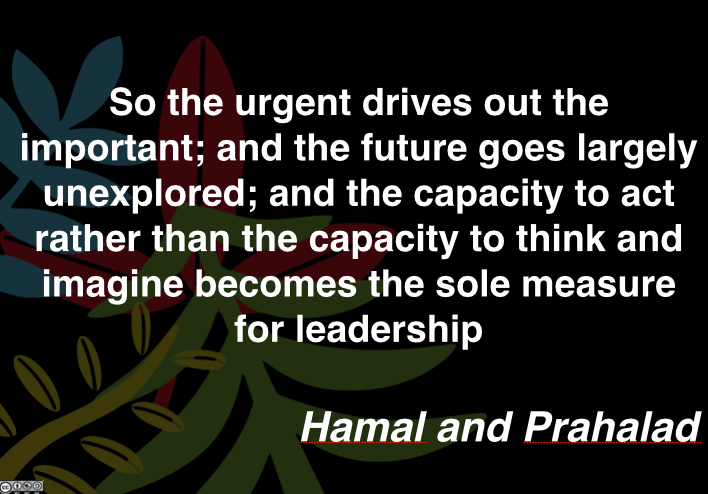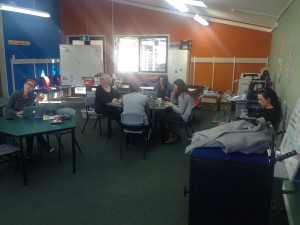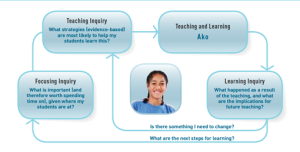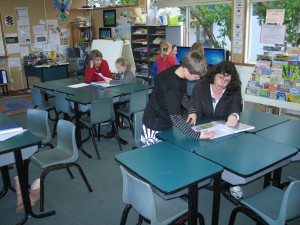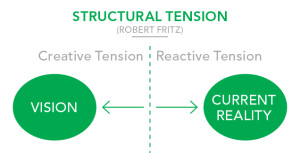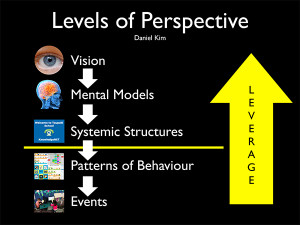I received an email today from a parent of a student who left our school at the end of last year. When I say received I should say I was cc’ed in on the reply. When I scrolled down I saw that one of our teachers had written an email asking how this child was going and wishing him well for the start of the year at his new school.
The parent was delighted to receive the email and her response was full of thanks and praise for the work we did in creating a foundation for success.
I was glad I was copied in because this showed me that one of our teachers had picked up on something that I value… proactive communication that builds relationships by showing that you care. It was solid evidence that our core value of nurture is lived – not just talked about but lived in action.
I make every effort to touch base with each new child that starts in our place. I want them to see that the principal is a friendly, helpful person. The person who you can go to if you ever need help. This is often at odds with what parents and some teachers perpetuate with the age old line ‘be good or you’ll get sent to the principal’s office’.
After I have seen each new child and talked with their teacher about how they are settling in on day one, I make sure that I send a text message to that child’s Mum and Dad to say that I had just checked on their child and that they were happy and settling into their new class. The response is often one of surprise and then gratitude that the principal would take time to do this. This in turn surprises me as showing care for your students is an important aspect of any principal’s job description.
Too often the first time a parent hears from a principal it is often bad news. As educators we have all made those calls and the usual response from a parent is “What’s gone wrong?” But imagine if the first time a parent hears from you it is from a position of praise or care. Proactive communication in a nurturing manner is an investment in emotional capital. If things ever go awry and some difficult conversations are needed then you will need to make a withdrawal from that investment.
A phone call to each parent across a few weeks just to comment on something good you have noticed about their child goes a long way to building the foundations of a good relationship.
How do you ensure that the parents of the children in your place know that you care?

